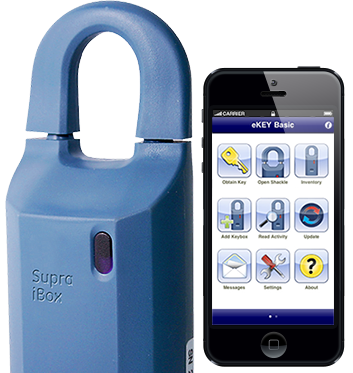After each two year period, homeowners should have a maintenance inspection performed to combat hidden problems. When looking at a home as a whole, it is actually a complex structure with multiple systems working in unison to provide services throughout the home. System breakdowns can occur which may be visible only to a trained eye that can cause irreparable damage or could be fatal. In most cases, these issues aren’t a cause for concern until something stops functioning or someone becomes injured. Often these problems are only a prelude to much larger issues.
Your home deserves the attention and ability to speak to you. Its language can be translated best through a home inspection. Turning your back on problems at the early stages today can lead to more extensive repairs tomorrow. For about the cost of a basic automotive tune-up, a Home Maintenance Inspection can help identify problems and damage in a home before they become extensive. Ironically, homes are maintained far less frequently than cars (though a house often costs ten to twenty times as much as a car). A home rarely receives a “check-up”, and problems that occur in a home are typically only addressed after something breaks or after extensive damage forces one to make repairs. Most homeowners don’t consider that, if found early on, repairs will often be less expensive.
The rationale behind conducting an Inspection Every 24 Months...
Within a two year time period, various systems within a home can significantly change. A routine maintenance inspection will provide you with a detailed report about any damage found to the systems and structure of your home. It will also keep you in tune with the true condition of your home. One reason that homeowners don’t get their homes periodically inspected is because they aren’t aware that the service is available outside of the real estate transaction. I regularly educate customers about maintenance inspections and truly believe in their benefit to a homeowner. I am able to save customers thousands of dollars by finding issues before they become larger and more costly and also educate my customers how to perform most of their own maintenance themselves. Please feel free to call if you have more questions, and as always, protect your investment!
Maintenance that should reduce insurance claims
When people think about home insurance claims, they often envision major disasters, but in reality, many claims are completely preventable. By conducting a regular maintenance check around the house, you can greatly reduce the risk of an unnecessary claim. Most of these checks can be performed every three months unless otherwise noted.Plumbing:
- Make sure to locate the water shut-off valve outside the house and mark it properly so that the water can be shut off quickly in case of an emergency
- Check the supply hoses going into the washing machine. Look for signs of fraying or rust around the coupling. If you see anything suspect, replace the hose.
- Inspect the waste pipes under all sinks; make sure not loose and no sign of leakage
- Inspect all hot and cold supply lines and shut off valves (do not turn the valves, just look for corrosion or leakage and call a licensed plumber if detected)
- Call a plumber immediately if there’s rust in the tap water
- Be on the lookout for big changes in your water bill. A significant hike can be the first indication of a costly leak.
- Check water heater for signs of corrosion or leaks
- Flush your water heater to remove sediment build-up. (removing a few gallons from the bottom of the tank will do this)
- Check temperature relief valve on the water heater for corrosion or leakage. (do not open valve, rotate in a circular motion to make sure valve is not stuck)
- Call a licensed plumber if anything is suspect with the water heater
- Locate and make sure no water is coming from the emergency drain line for the HVAC unit. (this drain is usually located over a window or door so can be easily noticed) Water dripping from the emergency drain line is a warning indicator that something is drastically wrong with primary condensate drain system and a qualified service technician is needed.
- Check HVAC emergency drain pan for water (call service tech if water is found)
- Pour a cup of half bleach/half water into the access for the drain line every 6 months to prevent mold/mildew buildup which can clog the drain
Fire Prevention:
- Locate and mark your gas shut-off valve so you can close quickly in an emergency
- Have baking soda and a fire extinguisher readily available in the kitchen (Be particularly careful when heating oil or grease and never leave pots unattended)
- Clean the lint screens in the clothes dryer frequently and have the exhaust pipe cleaned out professionally once a year.
- Change the batteries in smoke alarms every six months.
- Clear your yard of dead brush and trim back tree branches and shrubs away from the house
- Stack firewood away from your home — not against it.



